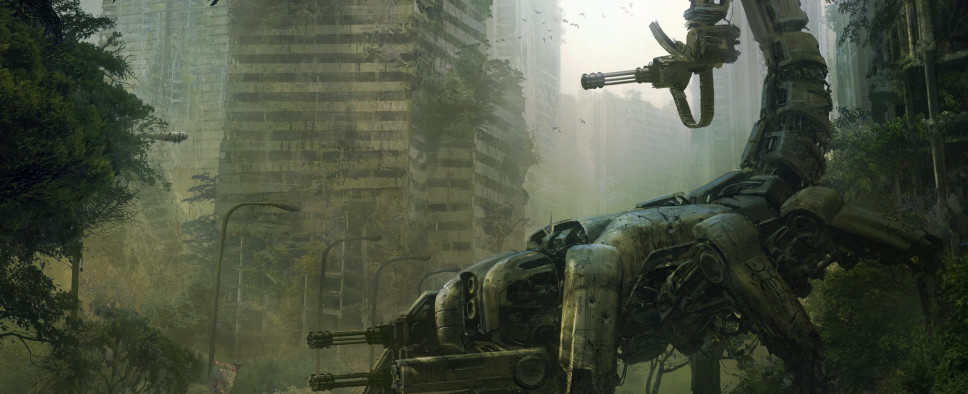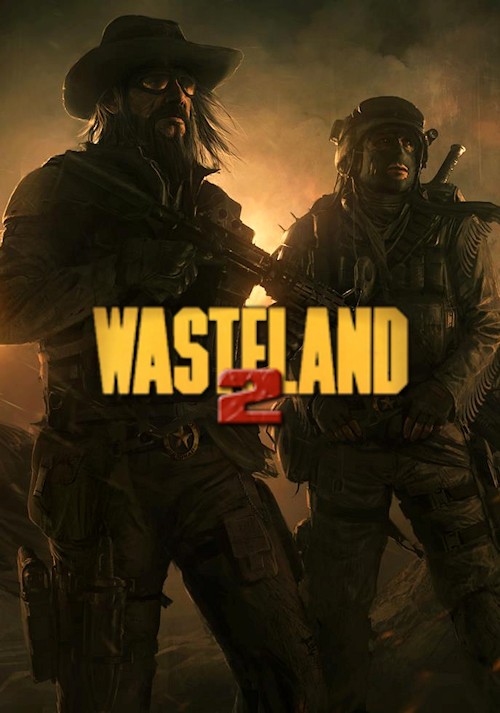Wasteland 2 Review
-
Category: ReviewsHits: 19210

Article Index
Weapon skills include weapon categories such as Assault Rifles, Bladed Weapons, Energy Weapons, Handguns, Shotguns and Sniper Rifles just to cite a few, each with its own pros and cons. The distinction between general skills and knowledge skills is a bit less clear. The first category includes the game's three dialogue skills (funnily called Hard Ass, Kiss Ass and Smart Ass), Brute Force, Outdoorsman, Leadership and Weaponsmithing among others. The second includes skills that I suppose are slightly more specialistic like Computer Science, First Aid, Surgeon, Lockpicking and Safecracking.
InXile has done a good job offering a large amount of opportunity to use most skills, either because they feed directly into the game's core systems, or because checks for those skills were handplaced in many areas. Even skills like Outdoorsman, Animal Whisperer and Mechanical Repair can occasionally solve a quest, and, as one might expect, checks abound for skills like Computer Science. As for combat skills, Wasteland 2 has a large number of them, but still manages to make every weapon category feel distinct. The game also does a good job of giving every weapon type a similar progression from low-level to high-level weapons, so every combat build feels viable (if not optimal) throughout the entire game.
I do, however, take issue with some aspects of Wasteland 2's skill system. There are a number of balance problems with combat skills (at the moment, Assault Rifles are the de facto kings of all weapons) and a few of the general and knowledge skills are underused (Mechanical Repair, in particular, becomes useless past Arizona), for starters. The way skill checks are implemented (percentile checks with a chance for critical failure that can otherwise be repeated indefinitely) also rewards players for wasting their time rather than building their characters properly, an issue compounded by the large amount of skill checks present in the game. Finally, too many of the skills boil down to small variations of the same theme: Lockpicking, Safecracking, Toaster Repair, and even Brute Force and Computer Science to some extent, are all used to open containers and doors.
I also have to mention that, while the system immediately impresses with its breadth of attributes and skills to choose from, there isn't a lot of depth. Character progression consists entirely of leveling up skills every level and attributes every 10 levels. There are no perks to choose from, no traits, no skill synergies, or any other possible element to spice things up. To a degree, I understand why: more options make the game more difficult to balance, and in Wasteland 2 we deal not just with a single character but a whole party, so things might have gotten unwieldy. That said, while I liked the decisions I had to make in character creation, I still wish there was a bit more after that.
I haven't tackled itemization so far, and to be honest, that's because it's really hard for me to say anything interesting about it. Weapons and armors progress from weak to strong in a largely straight line. I once found a Sniper Rifle with a huge gulf between the minimal and maximum damage value and later decided to drop it in favor of one with a more consistent damage output, but that was one of the few exceptions to the rule I can remember. There are also trinket items that give bonuses and occasionally also maluses to attributes, skills and derived attributes, and they are by far the most interesting type of items that can be found in the game, but they are unfortunately not enoguh to make up for a game with a dull gear progression.
Combat and Encounter Design
The first word that comes to my mind when I think about Wasteland 2's turn-based combat system is simplistic. There are fundamentally only a few maneuvers a character can choose from in combat: attacking (including multiple fire modes and a headshot modifier that lowers hit chance but raises damage), ambushing (triggers a reaction shot when the enemy performs an action while in line of sight), crouching (raises hit chance), moving, and using a skill or an object. Additionally, positioning is also a consideration, as there are bonuses for cover and elevation.
Whereas other games can get by with a few trash mob encounters simply thanks to the strengths of their own combat systems (a large number of interesting abilities to use or the inherent thrills of kinetic action, for example), Wasteland 2 lives and dies on its encounter design. Unfortunately, the game is very uneven on that front. At times, Wasteland 2 uses its combat system to its full potential, but for long stretches it can feel dull and underdeveloped.
I'll give a few examples. On the one hand, you have encounters like Whittier Narrows. It can be summarized as a typical Dragon Age II encounter in turn-based form. Cover is minimal and enemies keep pouring in from inaccessible parts of the map on all sides, essentially invalidating the party's positioning. It's simply dreadful. On the other hand, there are occasional gems. Areas like the Prison, which offers a range of entertaining firefights in highly polished arenas that play with elevation and cover, and interesting "boss fights" like the Scorpitrons, which can feel really thrilling, showcase what Wasteland 2's combat can be at its best. In between of the two extremes, there's a large amount of encounters that simply feel dull and repetitive.


